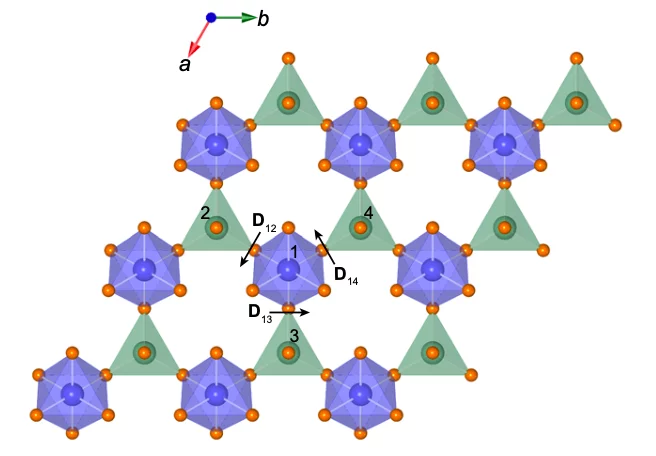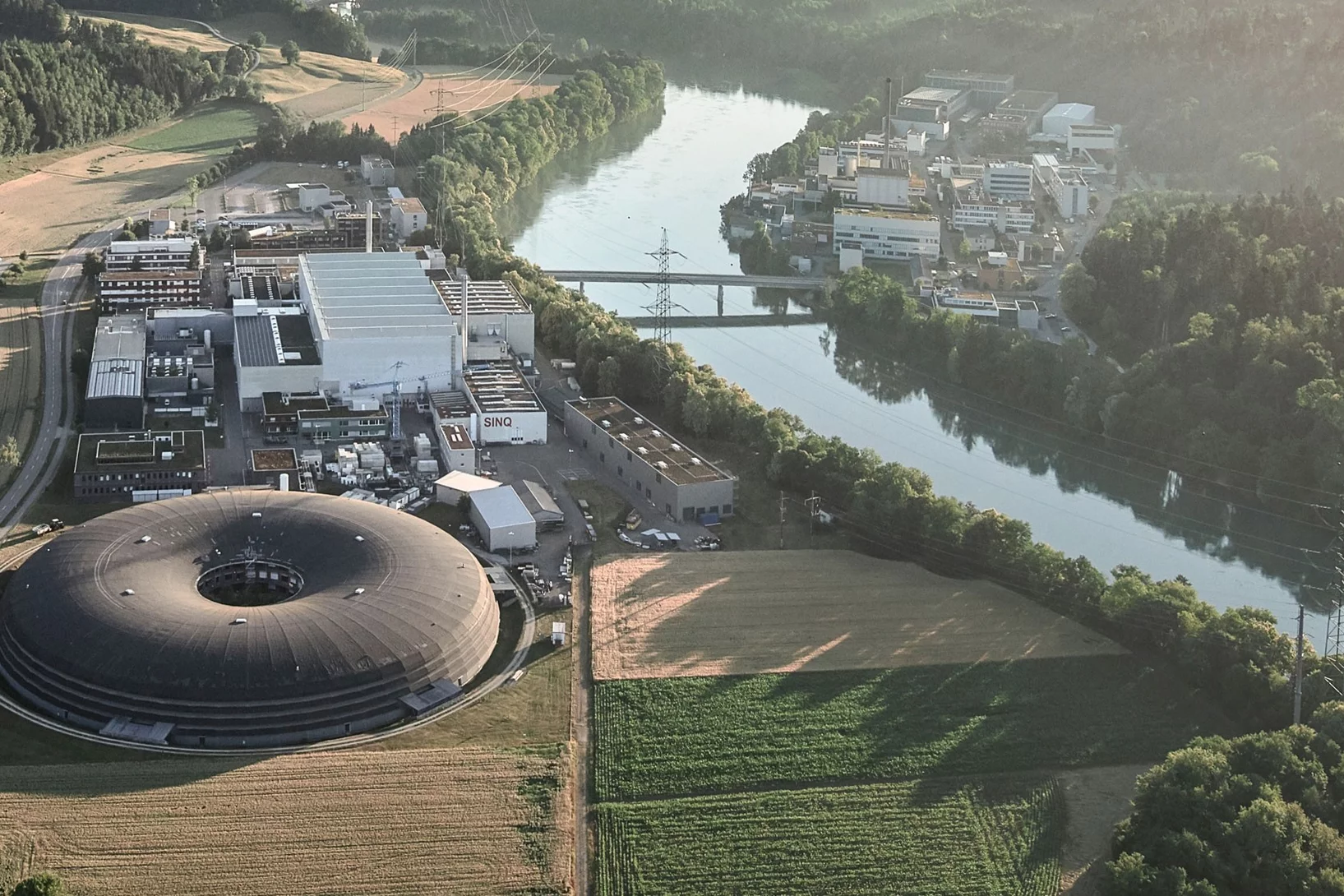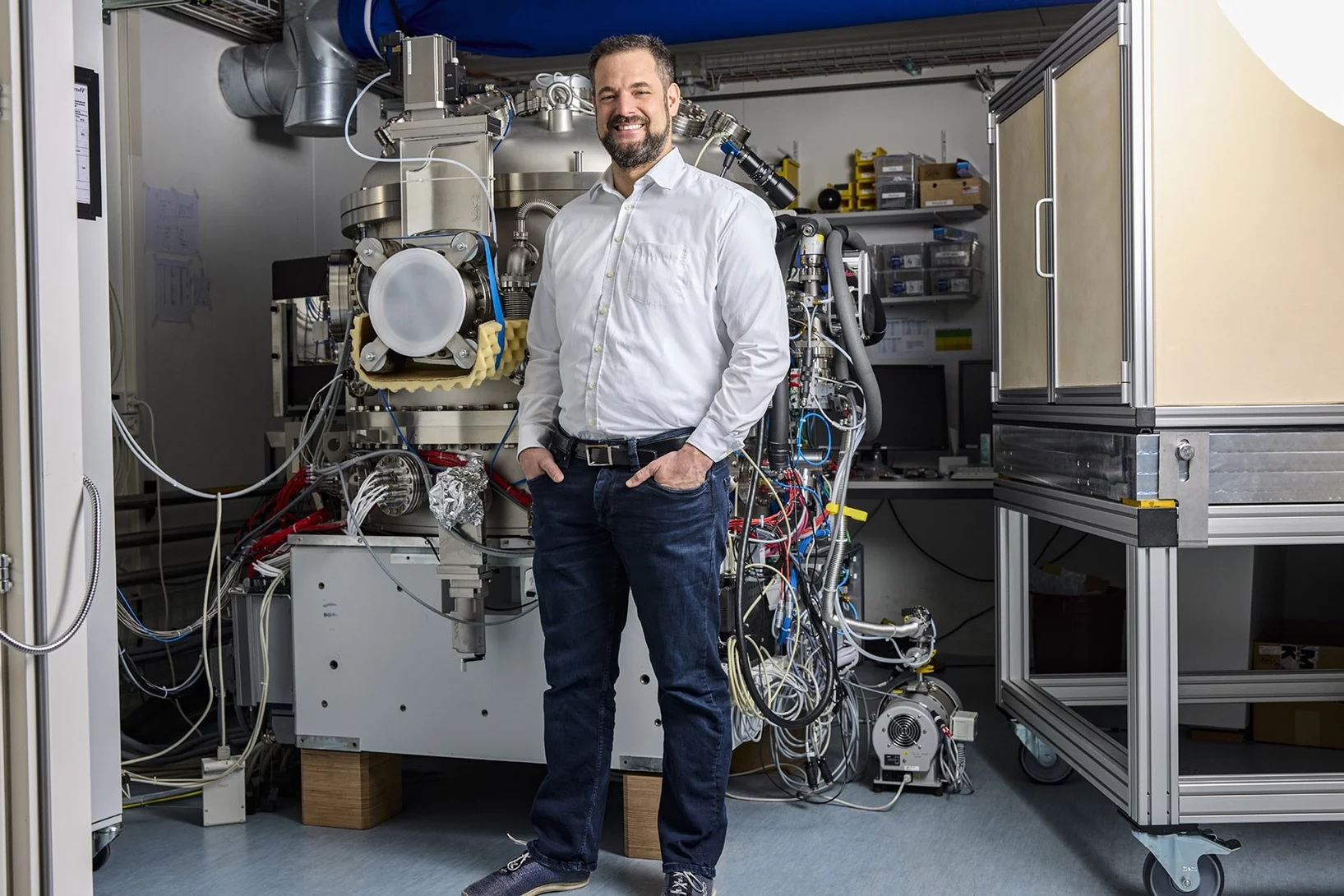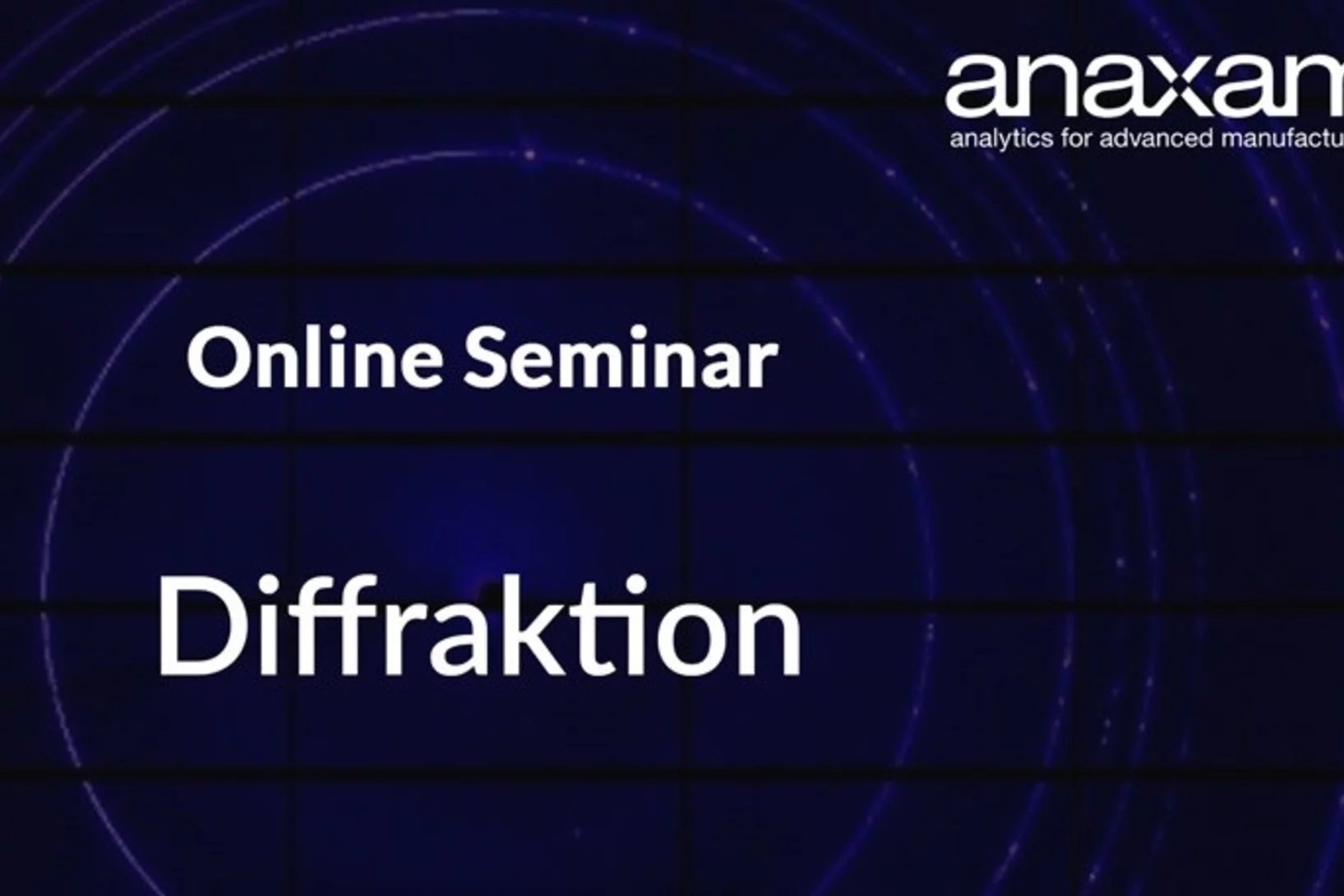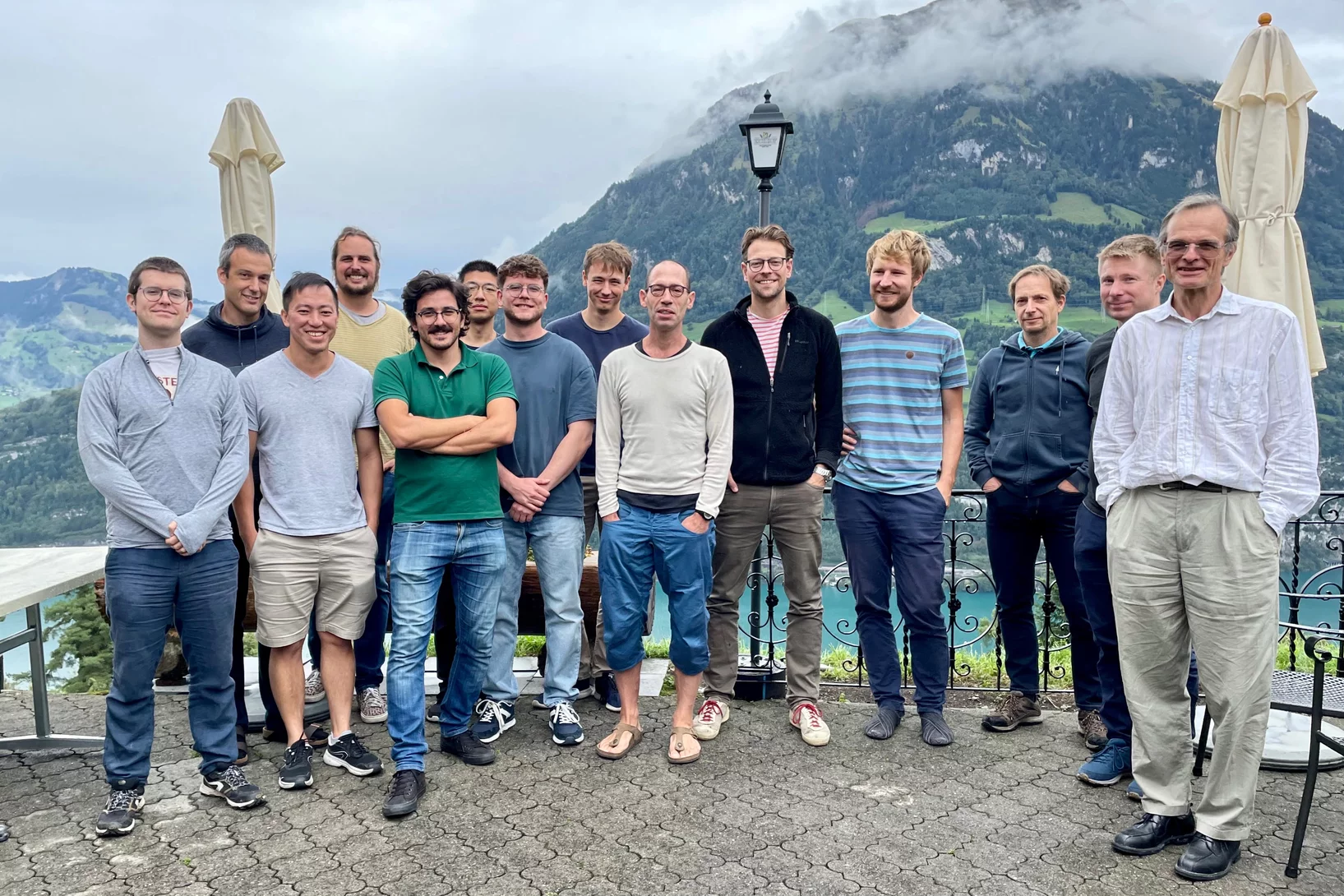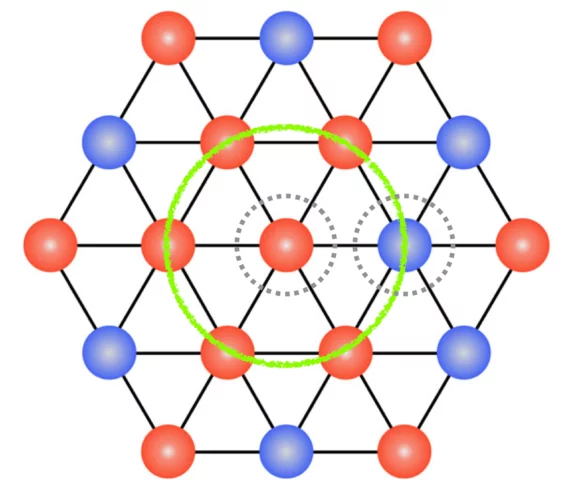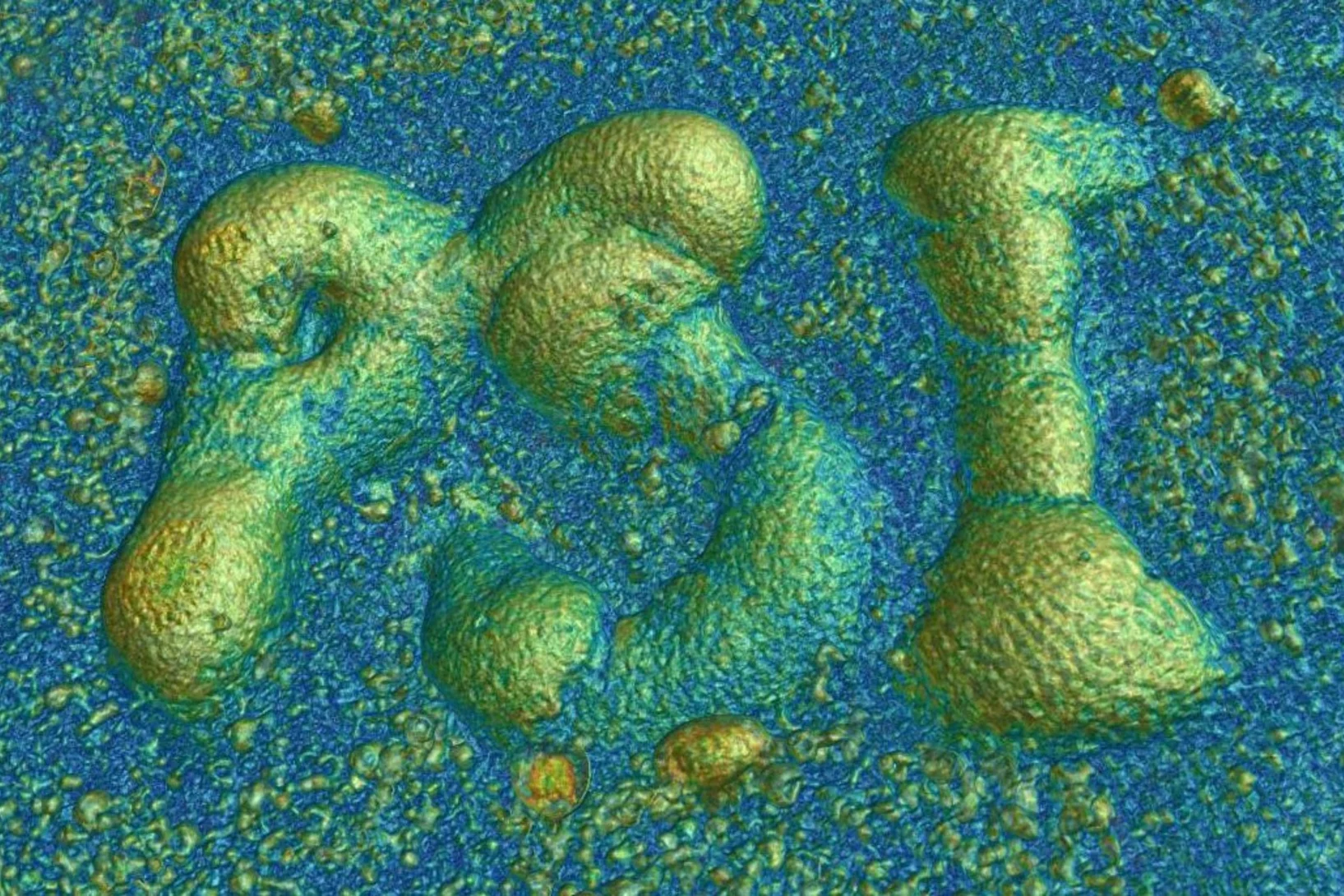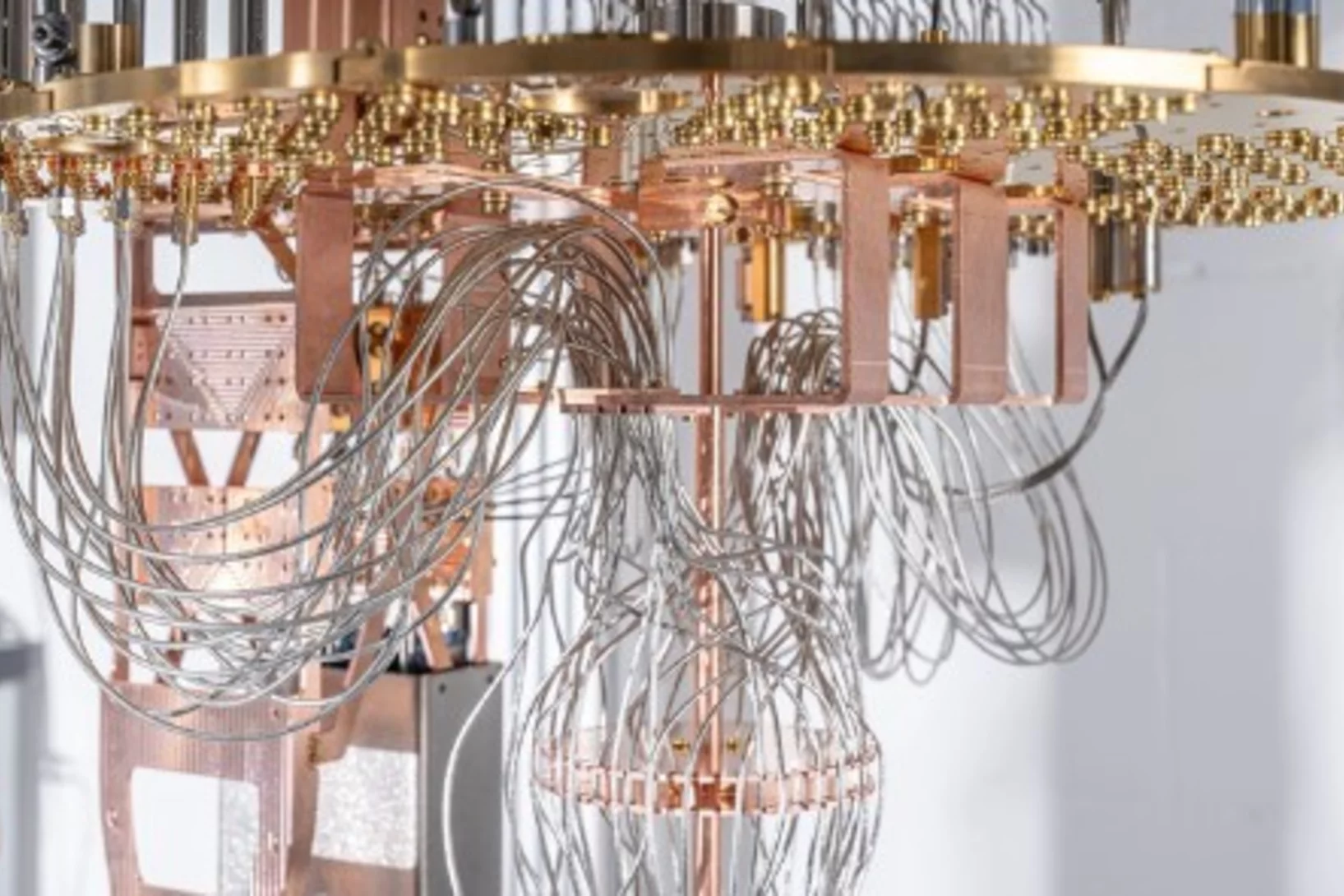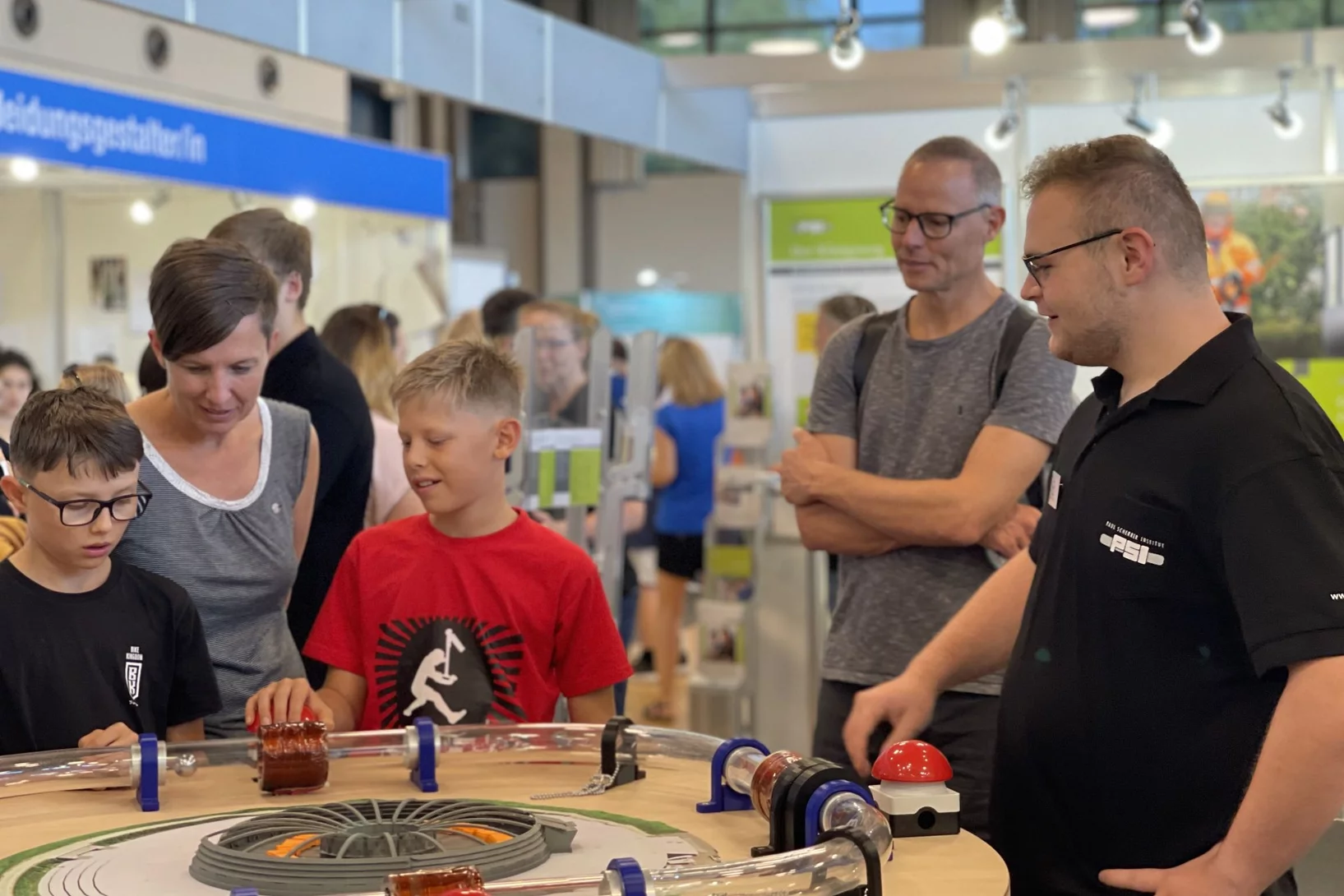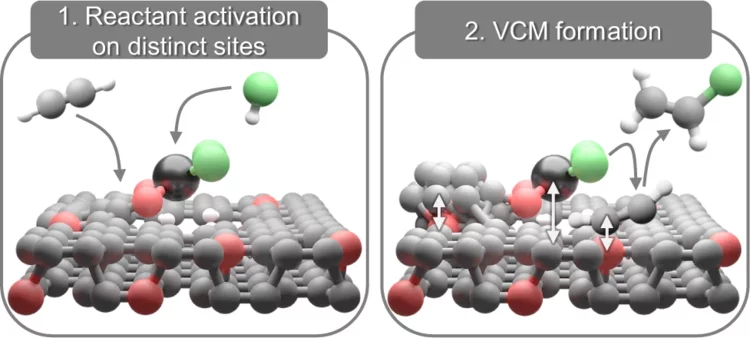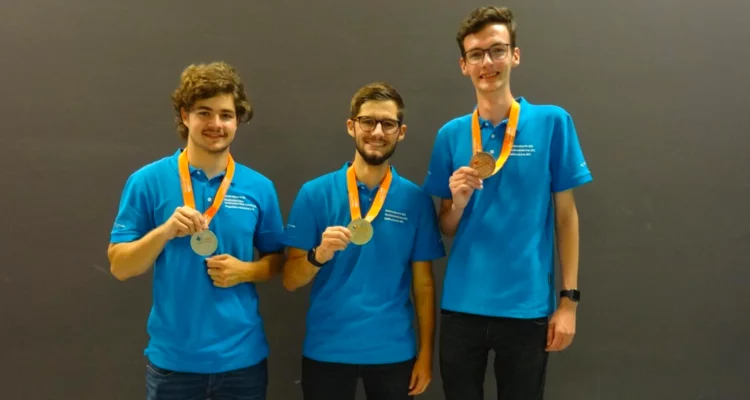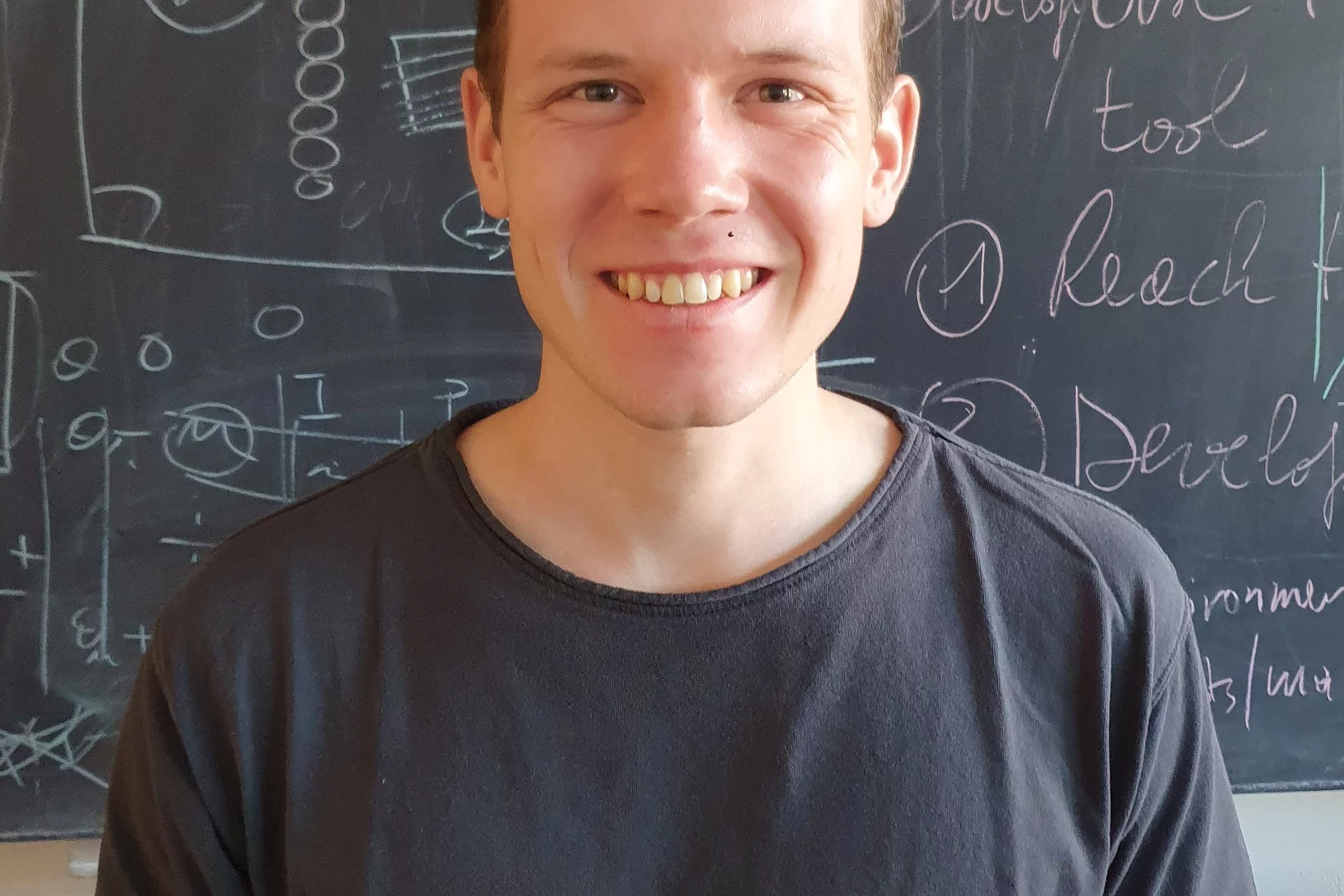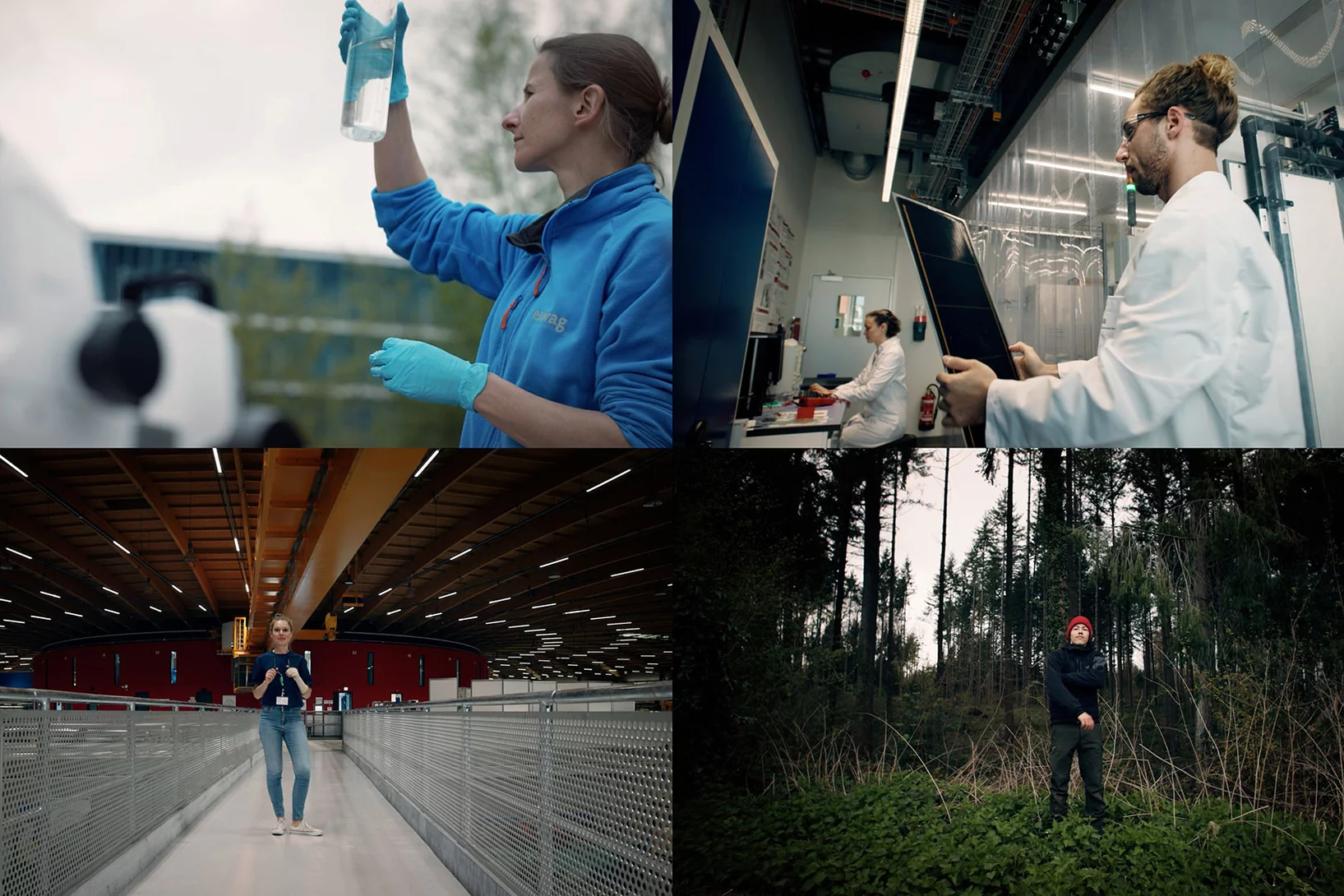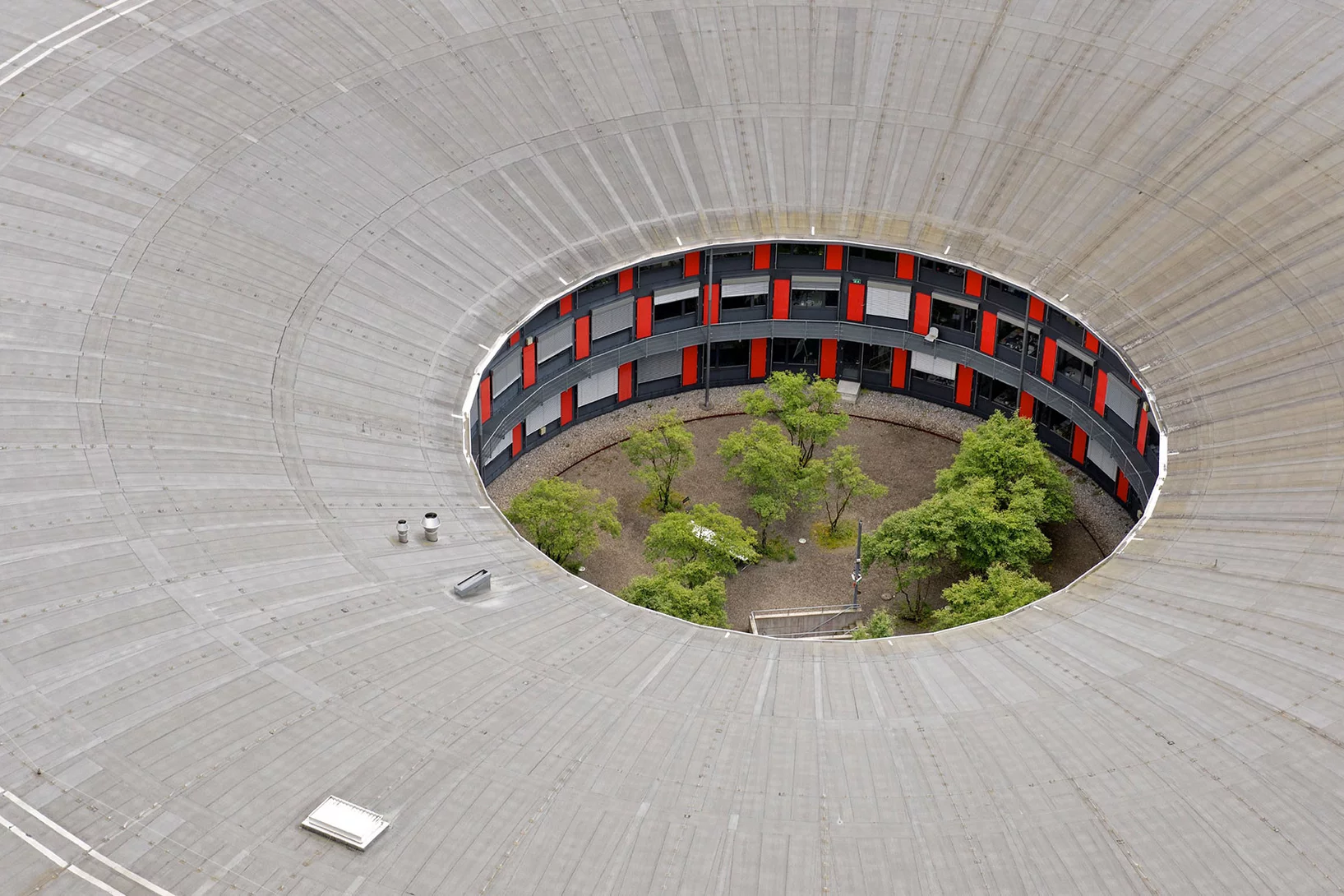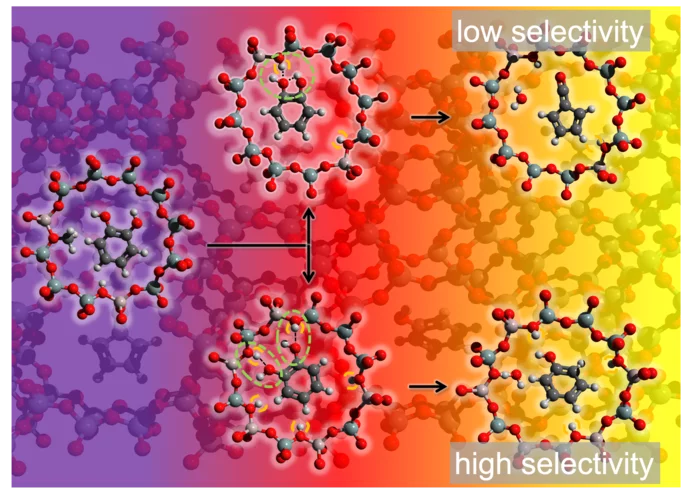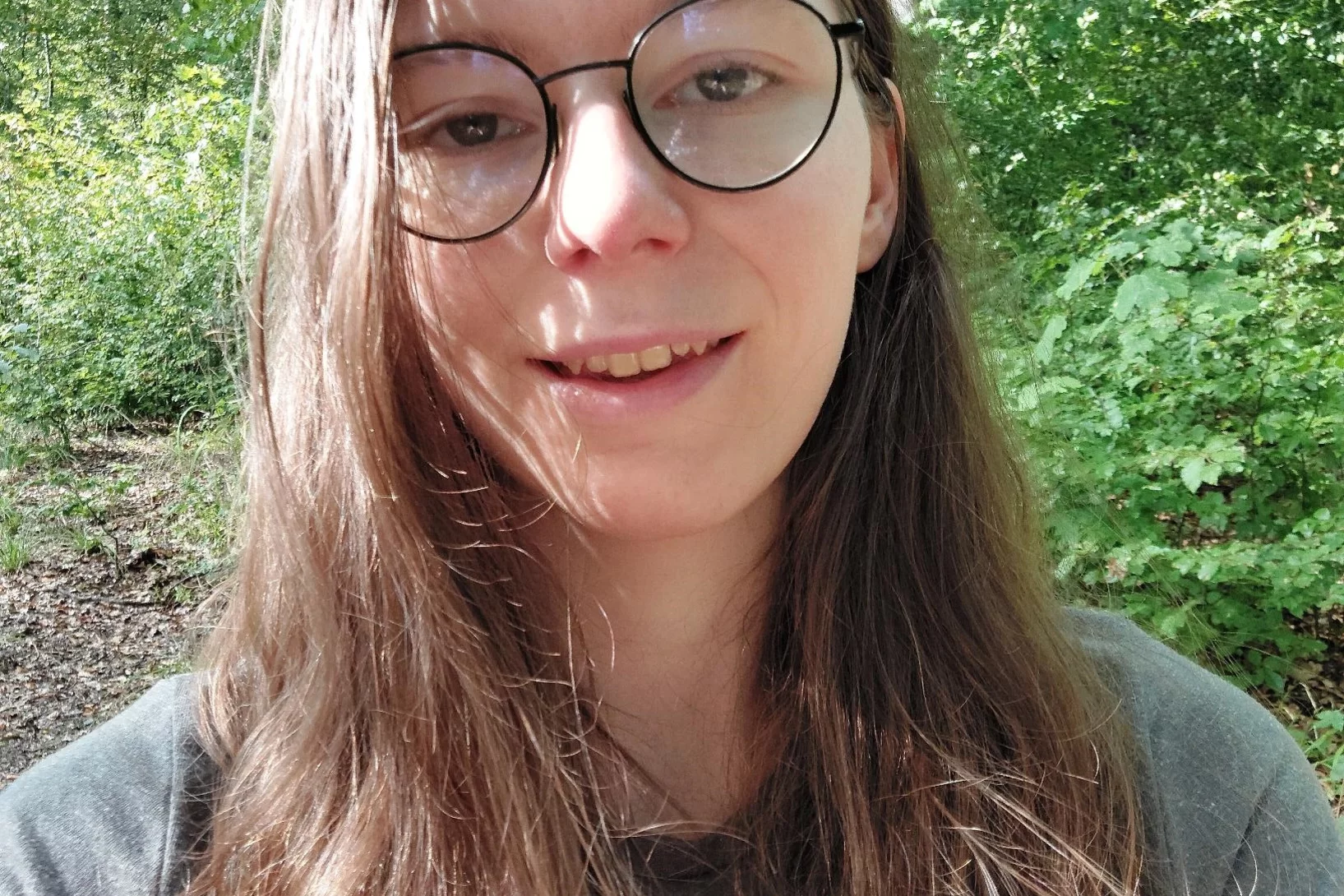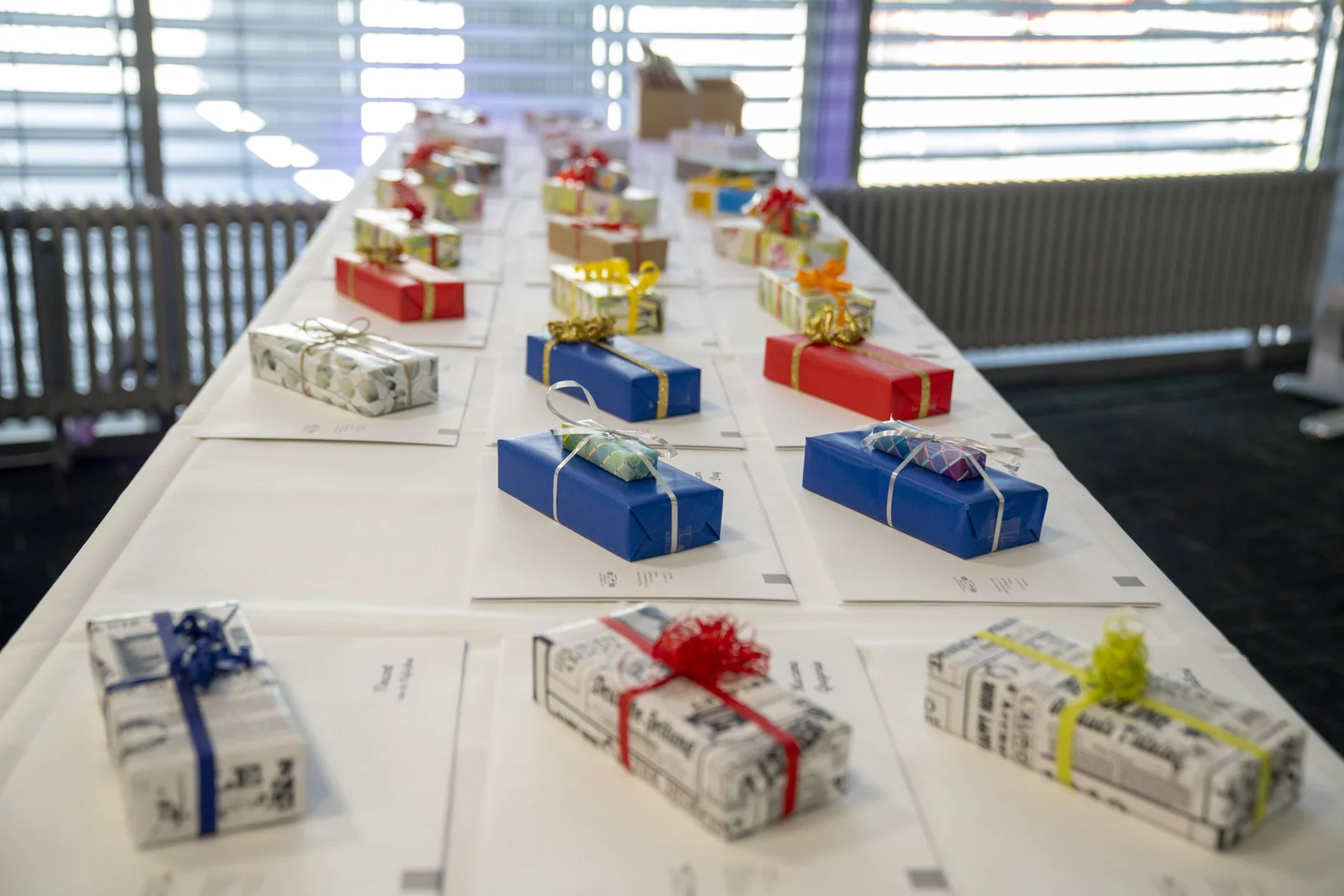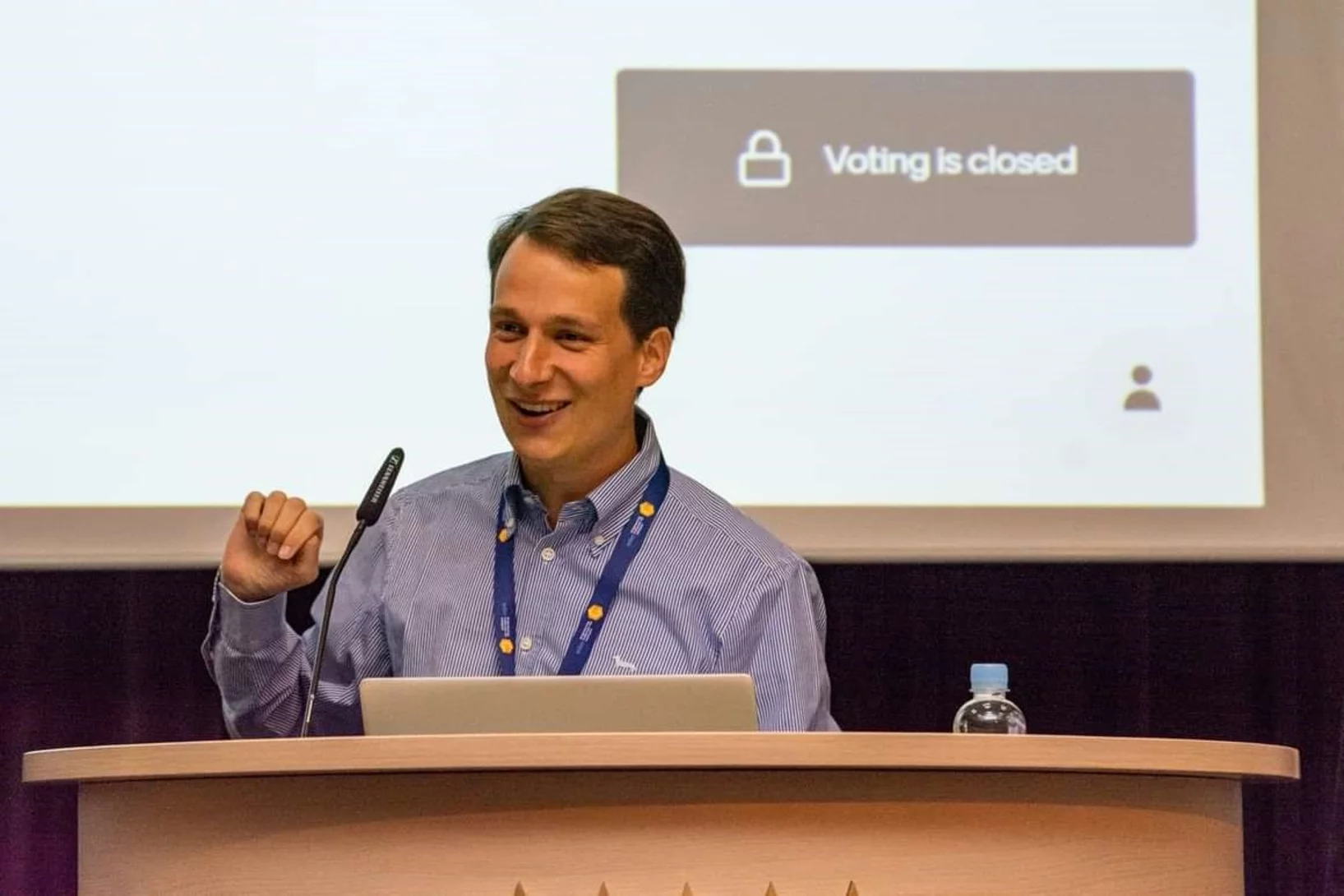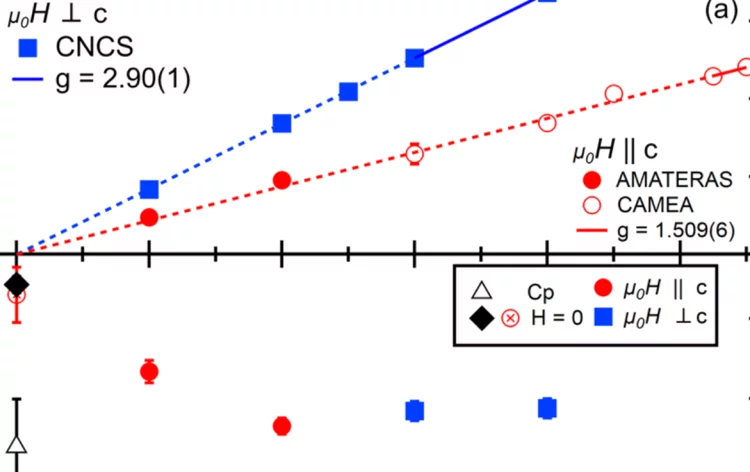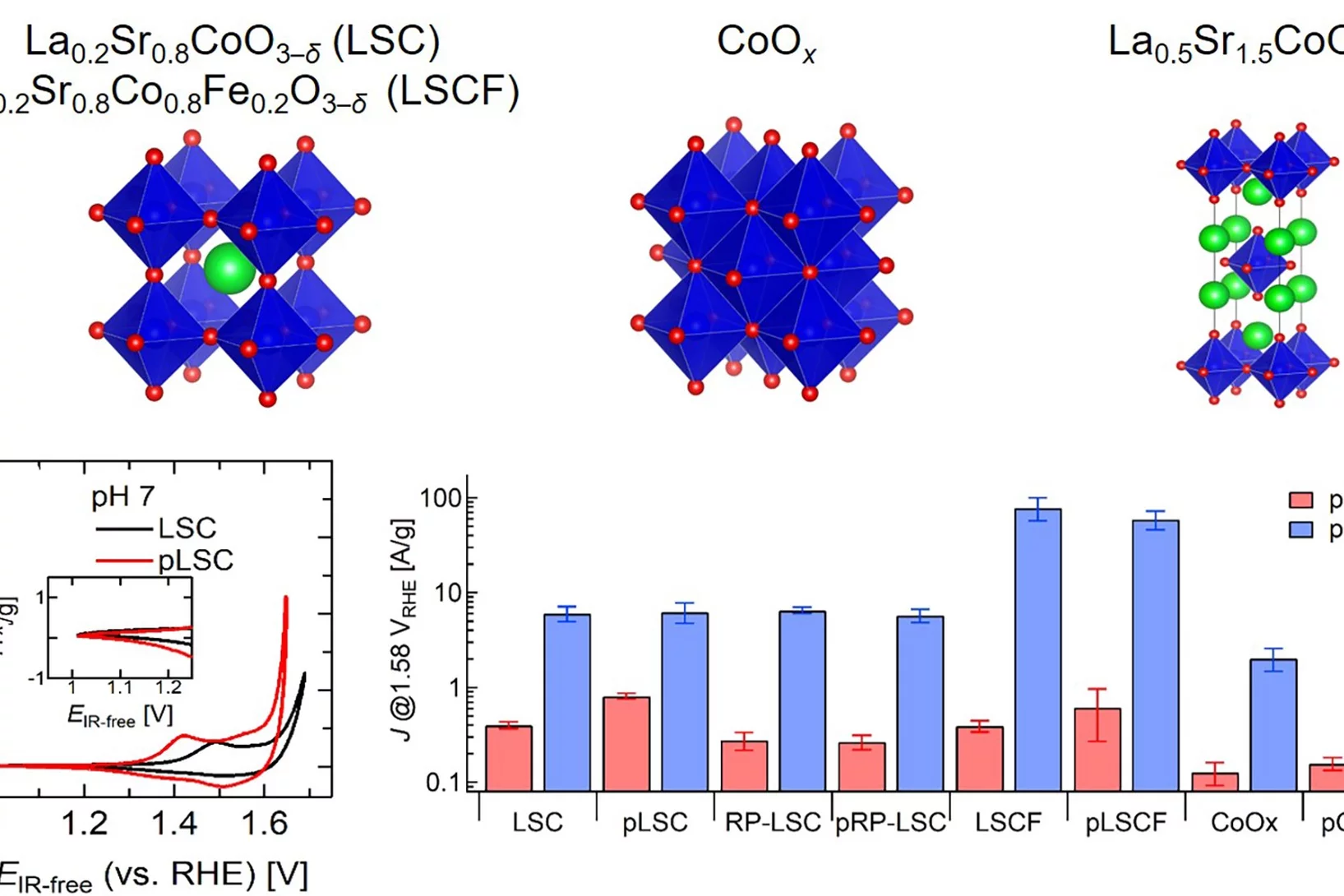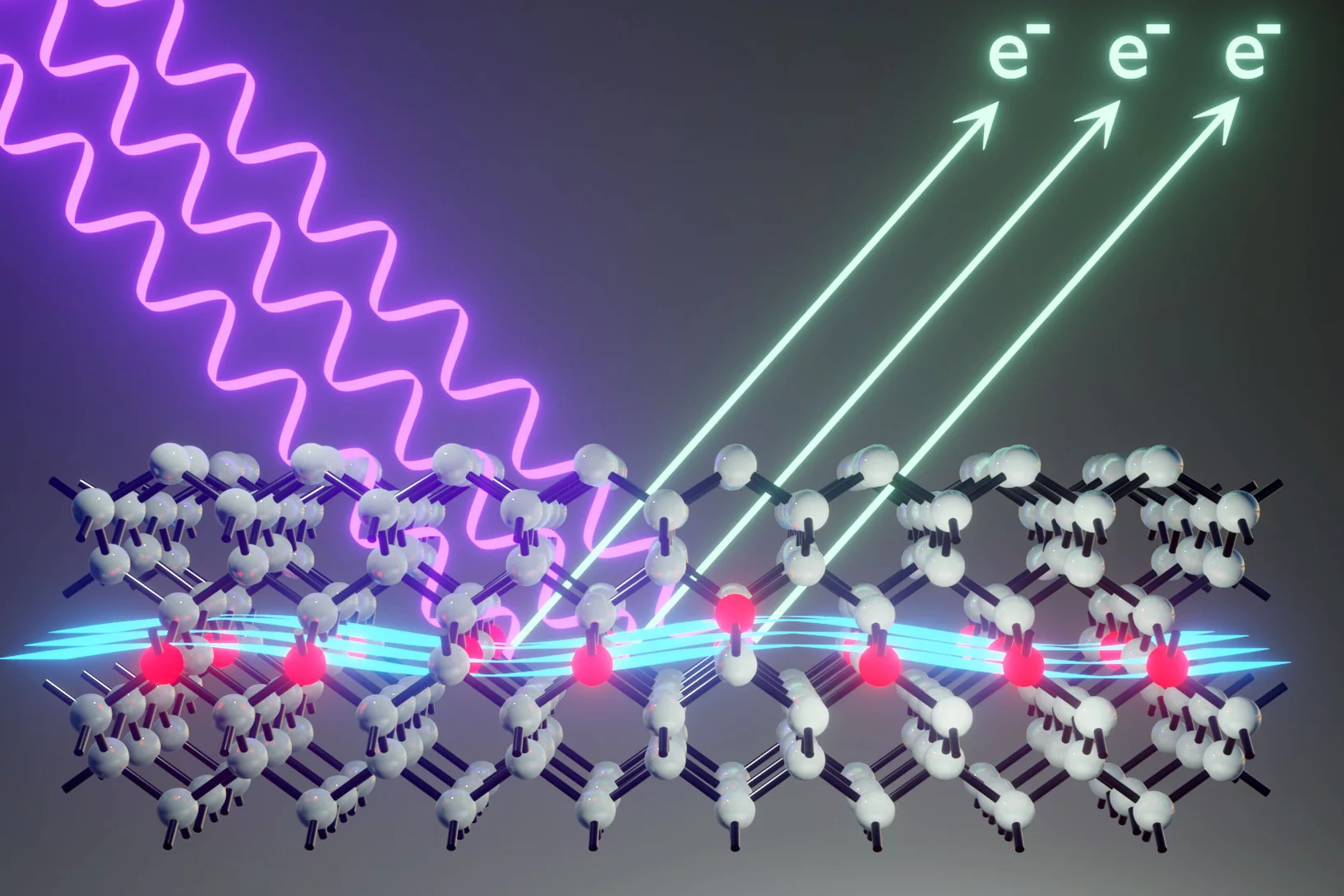Abkehr von der Kernenergie, Ausbau von Solar- und Windkraft, Energiegewinnung aus Biomasse, Senkung des Energieverbrauchs. Bis 2050 soll die Schweiz klimaneutral werden. Ein ehrgeiziges Ziel, welches durch die zunehmend herausfordernde geopolitische Lage dringlicher denn je geworden ist. Wie lässt sich in den nächsten Jahren eine nachhaltige und widerstandsfähige Energieversorgung für die Schweiz aufbauen? Wie können erneuerbare Energien optimal genutzt werden? Welche neuen Technologien sind besonders vielversprechend? Am PSI suchen Forschende nach Antworten auf diese entscheidenden Fragen.
Insights into radical induced degradation of anion exchange membrane constituents
Electrochemical energy conversion devices, such as fuel cells and electrolyzers, using an anion exchange membrane (AEM) operating in the alkaline regime offer the prospect of the use of non-noble metal electrocatalysts and lower-cost cell construction materials. The wide-spread application of electrochemical cells with AEMs has been largely limited by the low chemical stability of the material. AEM degradation is triggered by i) nucleophilic attack by OH−, and ii) by reaction with free radicals formed during cell operation. Whereas the alkaline stability of AEMs has been greatly increased over the last 10 years, the understanding of mechanisms of radical induced degradation is limited. In this study, we have addressed this topic for the first time.
Direct observation of topological magnon polarons in a multiferroic material
Magnon polarons are novel elementary excitations possessing hybrid magnonic and phononic signatures, and are responsible for many exotic spintronic and magnonic phenomena. Despite long-term sustained experimental efforts in chasing for magnon polarons, direct spectroscopic evidence of their existence is hardly observed. Here, we report the direct observation of magnon polarons using neutron spectroscopy on a multiferroic Fe2Mo3O8 possessing strong magnon-phonon coupling.
SLS 2.0: Für den Umbau pausiert das Licht
Im Zuge eines grossen Upgradeprojekts wird die SLS vorübergehend abgeschaltet.
Geheimnisse des Gehirns entschlüsseln
Ort für Spitzenforschung: Forschende des PSI erhalten umfassende Förderung für ihre Hirnforschung durch die amerikanischen NIH.
Industrie-Seminar ANAXAM: «Einführung in die Neutronen- und Synchrotron-Röntgendiffraktion für industrielle Anwendungen»
Das Technologietransferzentrum ANAXAM bietet der Industrie Zugang zu Analytikmethoden mit Neutronen- und Synchrotronstrahlung und unterstützt seine Industriekunden darin, innovative und qualitativ hochwertige Produkte anbieten zu können. Vor allem KMU profitieren von ANAXAM und können dadurch ihre Wettbewerbsfähigkeit stärken.
ANAXAM hat bereits zahlreichen Kunden geholfen, ihre Produktionsverfahren und Produkte zu verbessern.
Das angebotene Seminar „Einführung in die Neutronen- und Synchrotron-Röntgendiffraktion für industrielle Anwendungen“ zielt darauf ab, die Grundprinzipien der Diffraktion vorzustellen und zu zeigen, wie die Diffraktionsanalytik mit Neutronen- und Synchrotronstrahlung die Untersuchung von industriellen Materialien erleichtert.
WANN: 22. November 2023; 14:00 – 15:30 Uhr
Das Seminar findet online statt und ist kostenlos – profitieren Sie vom Knowhow und Kompetenzen von ANAXAM und erfahren Sie, wie Sie Ihr Unternehmen mit ANAXAM einen Schritt vorwärts bringen!
Anmeldung und nähere Informationen hier:
https://www.anaxam.ch/de/events/introduction-neutron-and-synchrotron-x-ray-diffraction-industrial-applications
Die Sprache des Seminars ist Englisch.
"Quantum Magnet Lunch" retreat in Seelisberg
Our "Quantum Magnet Lunch" team - consisting of the QPS group, as well as, Markus Müller's team and Gabriel Aeppli - met for a two-day retreat to review our ongoing research and set the agenda for the coming year.
Complete field-induced spectral response of the spin-1/2 triangular-lattice antiferromagnet CsYbSe2
Fifty years after Anderson’s resonating valence-bond proposal, the spin-1/2 triangular-lattice Heisenberg antiferromagnet (TLHAF) remains the ultimate platform to explore highly entangled quantum spin states in proximity to magnetic order. Yb-based delafossites are ideal candidate TLHAF materials, which allow experimental access to the full range of applied in-plane magnetic fields. We perform a systematic neutron scattering study of CsYbSe2, first proving the Heisenberg character of the interactions and quantifying the second-neighbor coupling.
Biffo the fish: BiFeO3 nanoplate wins the Magnetism Art Competition at JEMS 2023 in Madrid
Dr. Tim A. Butcher from the Microspectroscopy group was awarded the first prize in the "Art in Magnetism" competition of the JEMS 2023 conference with his contribution "Biffo", obtained from a ptychography image of a BiFeO3 nanoplate.
3-D-Einblicke in neuartiges Fertigungsverfahren
Mit 3-D-Druck komplexe Formen herstellen
TOP 100 Swiss Startup Award: Araris Biotech AG erreicht den 14. Platz
Araris Biotech AG ist ein Spin-off-Unternehmen des Paul Scherrer Instituts (PSI) und der ETH Zürich, welches sich mit der Entwicklung neuartiger Antikörper-Wirkstoff-Verbindungen zur gezielten Therapie von Krebszellen beschäftigt.
Bei der diesjährigen Ausgabe des TOP 100 Swiss Startup Award, bei welchem die besten Startups der Schweiz mit dem grössten Potenzial ausgezeichnet werden, belegt Araris den 14. Platz!
Es ist nun das fünfte Jahr in Folge, ab 2019, dass Araris von einer Jury aus Investoren und Startup-Experten ausgewählt wird. Was für ein grosser Erfolg für Araris, nach Platz 19 im Jahr 2022 und Platz 11 im Jahr 2021.
Wir gratulieren Philipp Spycher (CEO) und seinem Team zu diesem grossartigen Erfolg!
Der Wettlauf um den Quantencomputer
Der Wettlauf um den Quantencomputer
Forschung online erleben
Sehen Sie hier die Aufzeichnung des Live-Video-Rundgangs vom 23. August 2023
Berufsschau in Wettingen 2023
Die Berufsschau in Wettingen lockte viele Besucher an den PSI Stand.
SwissFEL #LightSourceSelfie of Maël Clémence
Check out Maël Clémence's #LightSourceSelfie about his PhD project on quantum properties of magnetic materials at the Cristallina-Q endstation of SwissFEL.
Evidence of bifunctionality of carbons and metal atoms in catalyzed acetylene hydrochlorination
Carbon supports are ubiquitous components of heterogeneous catalysts for acetylene hydrochlorination to vinyl chloride, from commercial mercury-based systems to more sustainable metal single-atom alternatives. Their potential co-catalytic role has long been postulated but never unequivocally demonstrated. Herein, combining operando X-ray absorption spectroscopy with other spectroscopic and kinetic analyses, we evidence the bifunctionality of carbons and metal sites (Pt, Au, Ru) in the acetylene hydrochlorination catalytic cycle.
Wie Bäume die Wolkenbildung beeinflussen
Forschende des PSI haben einen bislang unbeachteten Faktor der Wolkenbildung näher bestimmt. Das könnte helfen, Klimaprognosen zu verbessern.
SwissSkills 2023
Die Berufslernenden vom PSI haben an den Swiss Skills in Bern mit super Resultaten geglänzt! Wir freuen uns sehr!
PSI medal winners at SwissSkills Championships 2023
At the recent SwissSkills Championships 2023 for apprentices in Sindex/BE Melvin Deubelbeiss and Andrin Kästli from the electronics apprenticeship group in NUM/LTP have won two medals: Andrin became third, won a bronze medal and Melvin even won the championship and was honored by the gold medal.
Wie lässt sich Kobalt in E-Auto-Batterien reduzieren?
Die Elektrifizierung des Verkehrs nimmt zu. Dafür braucht es mehr Batterien. Einige dieser Batterien enthalten jedoch einen äusserst problematischen Rohstoff: Kobalt. Das PSI forscht an Alternativen.
Wie kommt es, dass du deine Professur aufgegeben hast?
Diese Frage landete vor ein paar Tagen in meiner LinkedIn inbox. Völlig unerwartet kam sie von einer Person, mit der ich vor 10 Jahren zusammengearbeitet, und danach keinen Kontakt mehr gehabt hatte. Offensichtlich hat mein Entscheid, mich aus der akademischen Forschung zu verabschieden, Spuren hinterlassen. Aber was genau waren denn jetzt die Gründe?
Welcome to LXN Gabriel Weber
Herzlich Willkommen Gabriel Weberin LXN!
Eine bereichernde Partnerschaft für Forschung und Praxis
Die Forschungsinstitute des ETH-Bereichs verstärken ihre Kooperation in strategischen Bereichen.
Thank You SLS
Our beamline scientists look back on 22 years of brilliant science made possible by the Swiss Light Source SLS.
Unveiling the reaction mechanism shines light on the selectivity increase in catalytic processes
Increasing the selectivity of a chemical process through rational catalyst design is the Holy Grail of heterogeneous catalysis. Researchers at PSI and ETH Zürich showcase how revealing hidden steps in reaction pathways can steer processes towards preferred products, as demonstrated in a study focused on biomass valorization.
Welcome to LXN Céline Hensky
Herzlich Willkommen Céline Hensky in LXN!
Lehrabschlussfeier 2023
Am Freitag, 18. August durften wir stolz und mit viel Freude 29 neue Berufsleute feiern. Sie schlossen ihrer Berufslehre mit einem tollen Noten-Durchschnitt von 5.1 ab. Im Kreise ihrer Eltern, den Berufsbildnerinnen und Berufsbildnern, den Fachbetreuerinnen und Fachbetreuer erlebten wir einen feierlichen, schönen und unterhaltsamen Abend.
Revolutionizing Renewable Processes: Ambizione Grant Winner Emanuele Moioli
Emanuele Moioli is one of the recipients of the prestigious Ambizione Grant awarded by the Swiss National Science Foundation (SNSF) on a yearly basis. With the great news of his award having arrived in August 2022, Moioli embarks on the journey of his groundbreaking project titled “Moving catalyst vs. Multi-catalyst: determination of the best reactor for the processing of unconventional feedstock,” set to commence this August 2023.
Field-tuned quantum renormalization of spin dynamics in the honeycomb lattice Heisenberg antiferromagnet YbCl3
The basis for our understanding of quantum magnetism has been the study of elegantly simple model systems. However, even for the antiferromagnetic honeycomb lattice with isotropic spin interactions – one of the simplest model systems – a detailed understanding of quantum effects is still lacking. Here, using inelastic neutron scattering measurements of the honeycomb lattice material YbCl3, we elucidate how quantum effects renormalize ...
Improving the oxygen evolution reaction activity of Co-based oxides by phosphate functionalization
Our findings disclose that P-functionalization successfully enhances the oxygen evolution reaction (OER) activity of different cobalt-based catalysts (namely, La0.2Sr0.8CoO3–δ, La0.2Sr0.8Co0.8Fe0.2O3–δ, and CoOx) at near-neutral pHs and that both phosphate ion assistance in the OER mechanism and catalyst Co oxidation state can play a role in the enhanced OER activity.
Forensics: Quantitative tracing of Silicon in CRUD
Chalk River Unidentified Deposits (CRUD) are dissolved and suspended solids, product of the corrosion of structural elements in water circuits of nuclear reactors.
The chemical composition of CRUD is variable as it depends on the composition of the reactor’s structural material, as well as the types of refueling cycles. Recent internal investigations have found unexpected but significant Si-amount in CRUD. The chemical composition of CRUD holds key information for an improved understanding of CRUD formation and possible impact in fuel reliability and contamination prevention.
The standard analytical methods available in the hot laboratory did not allow an easy quantitative determination of the Si-amount in CRUD. A new innovative procedure has been developed and tested with synthetic CRUD name Syntcrud.
The adapted flex-fusion digestion method presented here is able to provide reliable concentrations of several elements within CRUD, including Si, which was not possible in methods used previously for ICPMS measurement.
Unveiling ultra-thin electron liquids in silicon
Soft X-rays enable scientists to visualise non-invasively the electronic properties of ultra-thin dopant layers buried within semiconductor wafers.


